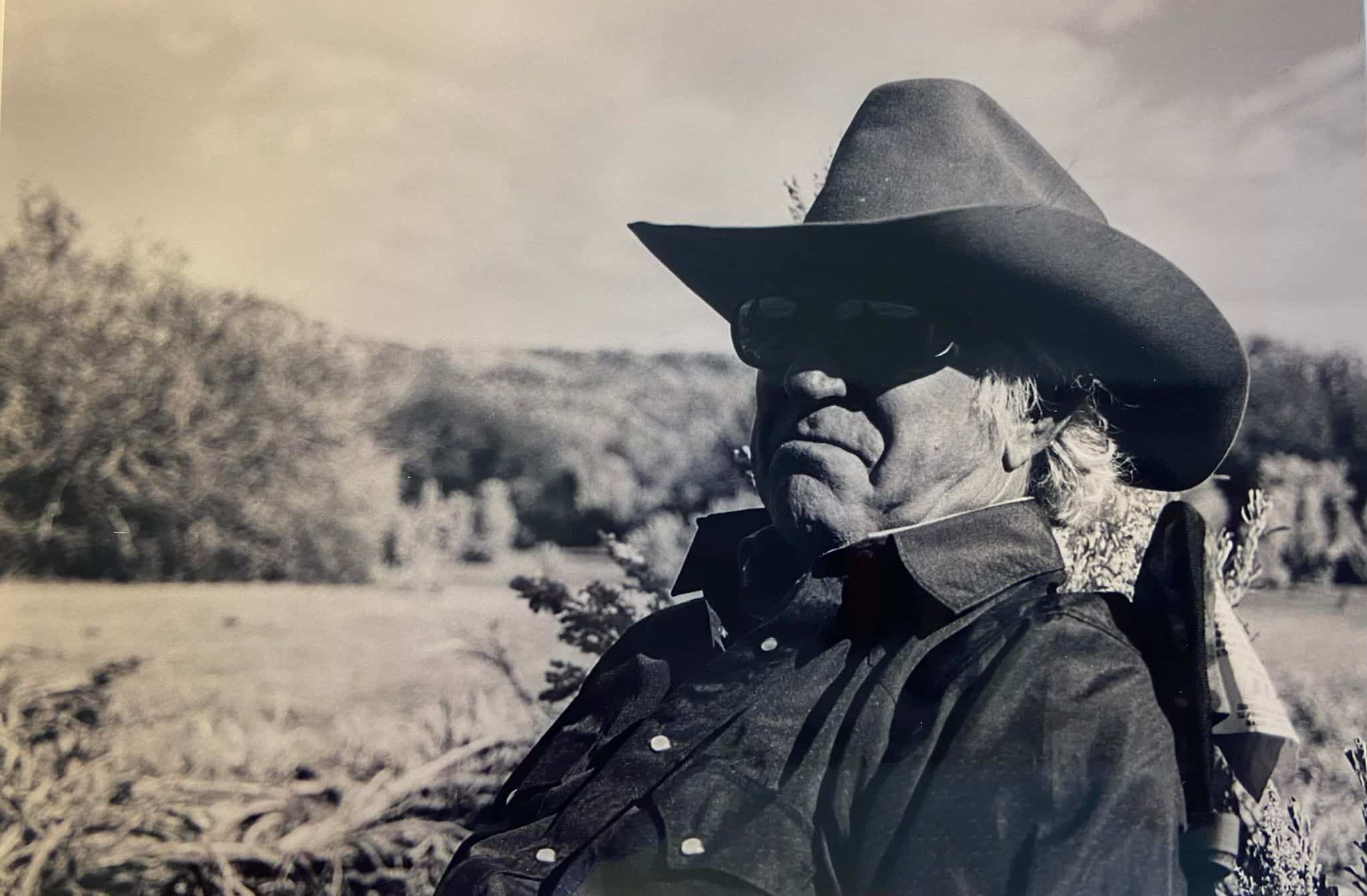AAEP Convention 2004: Sports Medicine II–EIPH/Race Times
K.W. Hinchcliff, BVSc, PhD, Dipl. ACVIM, visiting fellow at the University of Melbourne in Australia, at the 50th annual American Association of Equine Practitioners (AAEP) Convention in Denver, Colo., Dec. 4-8, 2004 discussed the effect of EIPH on race times when furosemide was not administered. The study involved examinations of horses competing in competitions where furosemide is not
- Topics: Article
K.W. Hinchcliff, BVSc, PhD, Dipl. ACVIM, visiting fellow at the University of Melbourne in Australia, at the 50th annual American Association of Equine Practitioners (AAEP) Convention in Denver, Colo., Dec. 4-8, 2004 discussed the effect of EIPH on race times when furosemide was not administered. The study involved examinations of horses competing in competitions where furosemide is not allowed. The study involved Thoroughbreds competing at races in Victoria, Australia, between March 1, 2003, and June 18, 2003.
In the wake of examinations for EIPH, the Australian horses were graded from 0 to 4 as to degree of severity of EIPH. A horse with zero grade meant there were no signs of EIPH, while a grade 4 designation meant the horse was a serious bleeder.
Following is the results of the study as reported by Hinchcliff: 322 horses were grade zero; 273 were grade 1; 101 were grade 2; 25 were grade 3; and 13 were grade 4.
Hinchcliff said the researchers concluded that, “Horses with EIPH, defined as grade 2 or higher, were four times less likely to win, 1.8 times less likely to finish in the top three places, and finished 1.8 meters farther behind the winner than did unaffected horses. Horses with grade 4 finished an average of 3.4 meters farther behind the winner than horses with grade 0
Create a free account with TheHorse.com to view this content.
TheHorse.com is home to thousands of free articles about horse health care. In order to access some of our exclusive free content, you must be signed into TheHorse.com.
Start your free account today!
Already have an account?
and continue reading.

Written by:
Les Sellnow
Related Articles
Stay on top of the most recent Horse Health news with












